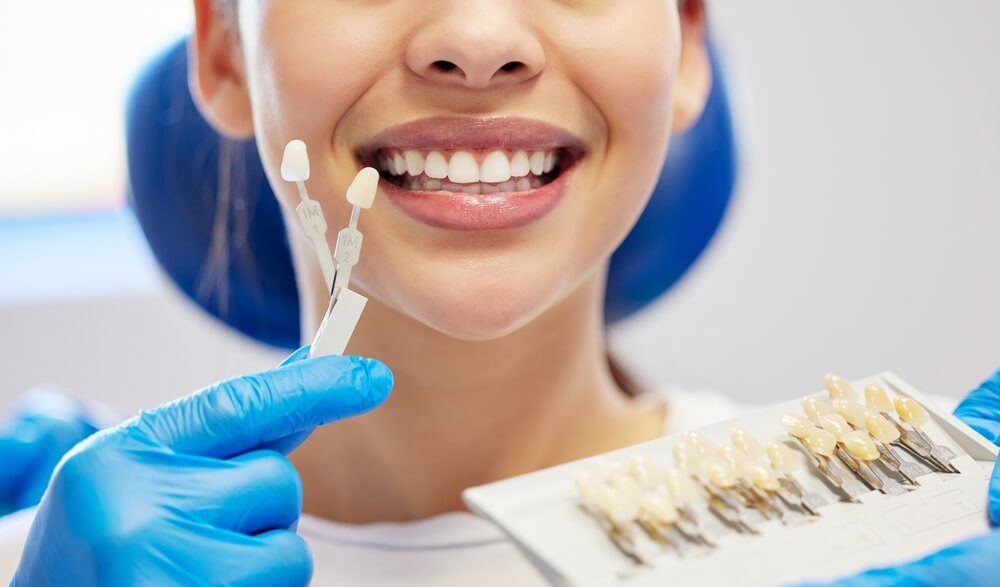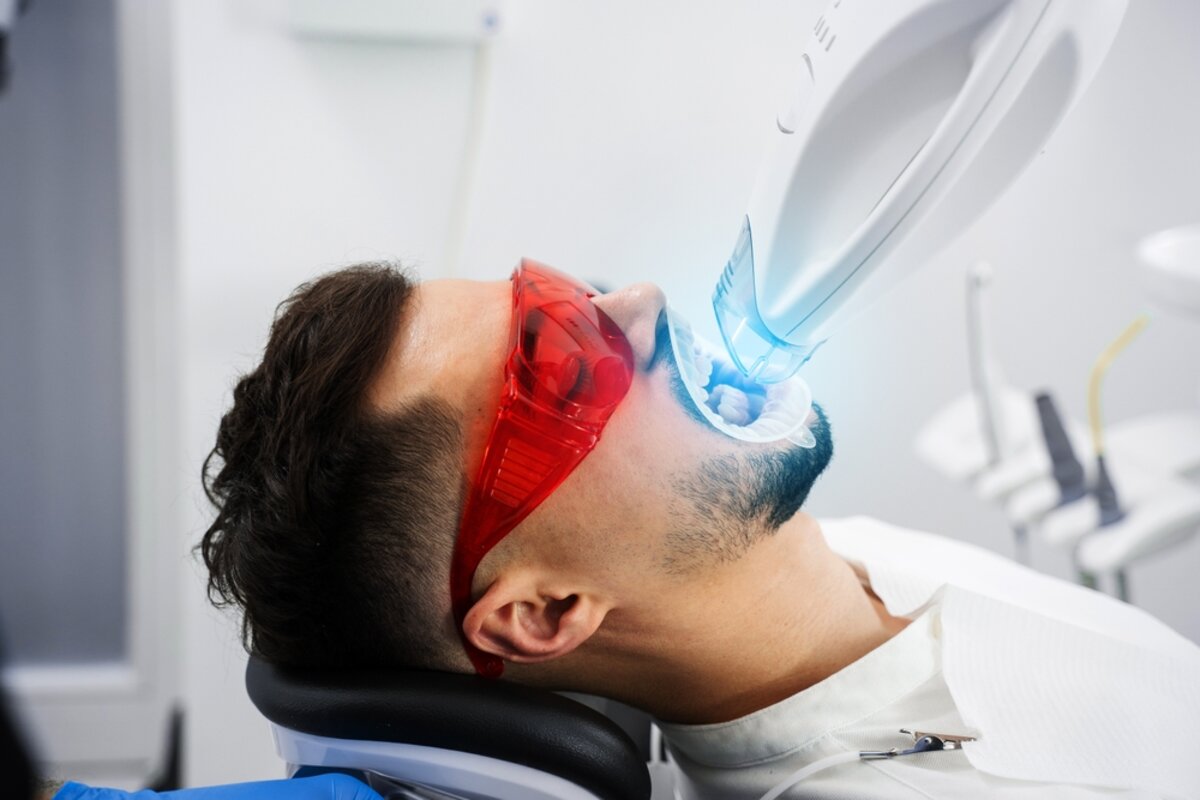A sparkling white smile is often seen as a symbol of good health and confidence. But, over time, our teeth can become stained and discolored, detracting from their natural beauty. Teeth whitening has become a popular solution to combat this issue, but it’s important to know which types of stains it can effectively remove. Understanding the different causes of tooth discoloration can help set realistic expectations for whitening treatments and guide you toward the best solution for your specific needs.
The Science Behind Teeth Stains
To understand the effectiveness of teeth whitening, it’s crucial to first grasp why teeth become stained. Tooth discoloration generally falls into two main categories: extrinsic stains and intrinsic stains. Each type is caused by different factors and responds differently to whitening treatments.
Extrinsic Stains: The Surface Culprits
Extrinsic stains occur on the outer layer of the teeth, known as the enamel. These stains are typically caused by the consumption of certain foods and drinks like coffee, tea, red wine, and dark berries. Tobacco use is another major factor that contributes to extrinsic staining. Since these stains are located on the surface, they are more easily addressed by teeth whitening treatments. Whitening products, especially those containing hydrogen peroxide or carbamide peroxide, can effectively break down these stains, revealing a whiter smile.
Intrinsic Stains: Deeper Discoloration
Intrinsic stains, however, are found within the tooth structure itself. They can result from factors like aging, trauma, certain medications (such as tetracycline), and excessive fluoride exposure during childhood. Because intrinsic stains are embedded deeper within the tooth, they are more challenging to remove. While teeth whitening can lighten these stains to some degree, it may not completely eliminate them. In some cases, dental professionals might recommend alternative cosmetic solutions, such as veneers or bonding, to achieve the desired results.
What Types of Stains Can Teeth Whitening Remove?
Now that we understand the difference between extrinsic and intrinsic stains, we can address the key question: what types of stains can teeth whitening remove? Teeth whitening treatments are particularly effective at removing extrinsic stains. Here’s a closer look at specific types of stains that can be addressed through whitening.
Stains from Food and Drink
Foods and beverages are common culprits of tooth discoloration. Drinks like coffee, tea, soda, and red wine contain colorants and tannins that cling to the enamel, causing stains. Similarly, foods with strong pigments, such as curry and dark berries, can lead to surface discoloration. Teeth whitening treatments can effectively target these stains, restoring the natural whiteness of your teeth and enhancing your smile.
Tobacco Stains
Smoking or chewing tobacco introduces nicotine and tar into the mouth, substances that are notorious for staining teeth. These stains can range from yellow to dark brown and are often quite stubborn. Fortunately, teeth whitening can significantly reduce or even eliminate tobacco stains, depending on how deeply they have penetrated the enamel.
Aging Stains
As we age, our enamel naturally thins, revealing more of the yellowish dentin beneath. This process leads to a general yellowing of the teeth. While aging is inevitable, teeth whitening can help reduce the appearance of age-related stains, giving your smile a more youthful appearance.
Medication-Induced Stains
Some antibiotics, like tetracycline, can cause intrinsic stains that appear as gray or brown lines or patches. Although these stains are more resistant to whitening treatments, modern advances in whitening technology have made it possible to lighten them. Teeth whitening can make these stains less noticeable, though a complete removal might not always be achievable.
Fluoride Stains
Excess fluoride, especially during childhood, can cause a condition known as fluorosis, which results in white or brown spots on the teeth. While teeth whitening might help to blend these spots with the surrounding tooth color, it may not completely eliminate the staining. Additional cosmetic procedures may be necessary for more severe cases of fluorosis.
How to Achieve the Best Whitening Results
Teeth whitening is an excellent method for improving the appearance of your smile, but it’s important to approach it with realistic expectations. Whitening treatments are highly effective at removing extrinsic stains and can improve the appearance of some intrinsic stains, but they may not be suitable for everyone.
Consult with a Dental Professional
For the best results, it’s important to consult with a dental professional before starting any teeth whitening treatment. A dentist can evaluate the type and severity of stains on your teeth and recommend the most effective treatment option, whether it’s in-office whitening, at-home kits, or alternative cosmetic procedures.
Maintain Good Oral Hygiene
To keep your smile bright and prevent new stains from forming, maintaining good oral hygiene is essential. Regular brushing and flossing, combined with routine dental check-ups, will help ensure that your teeth stay healthy and stain-free. Avoiding foods and drinks that are known to cause staining can also prolong the effects of teeth whitening treatments.
Conclusion

Teeth whitening is a powerful solution for those looking to remove stains and achieve a brighter, more confident smile. By understanding what types of stains teeth whitening can remove, you can set realistic expectations and make informed decisions about your dental care. For personalized advice and effective teeth whitening options, contact Indian Trail Studio today and take the first step towards a radiant smile.


